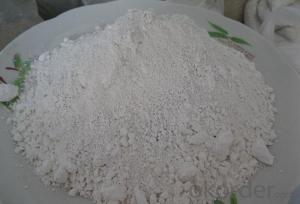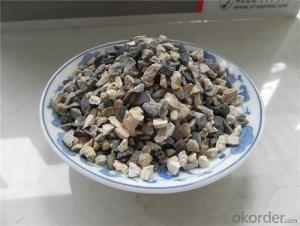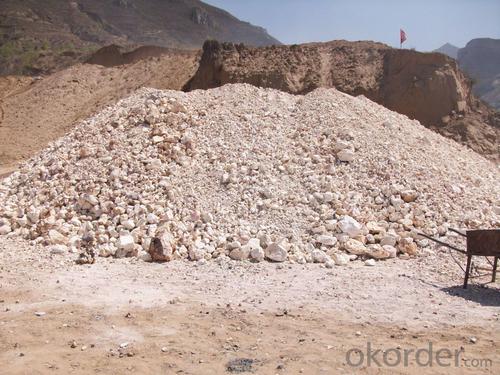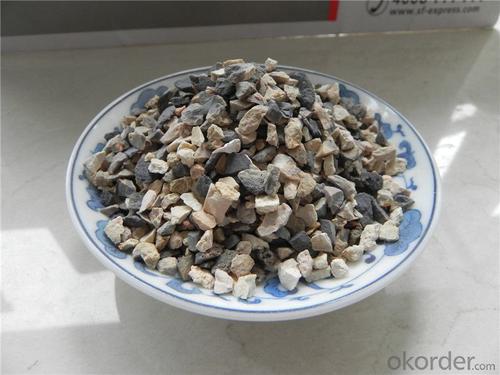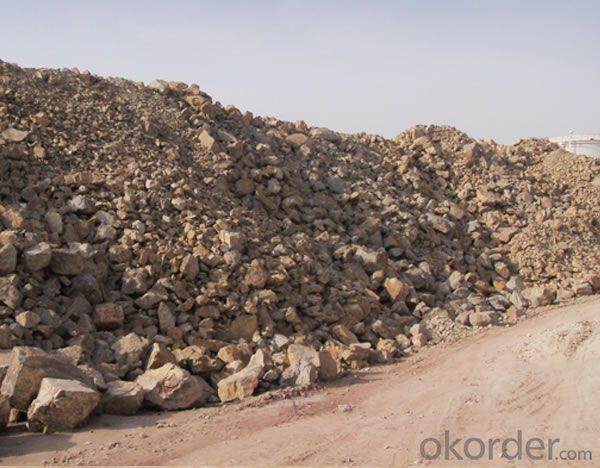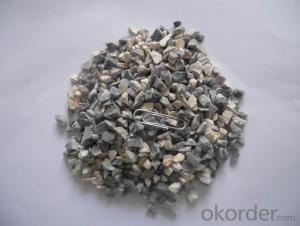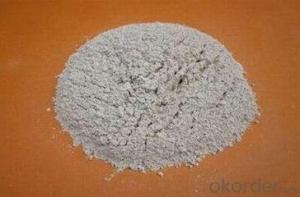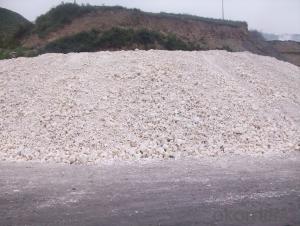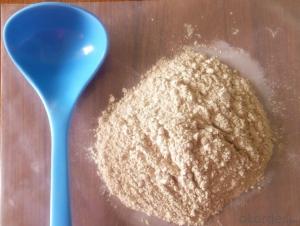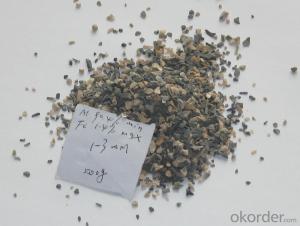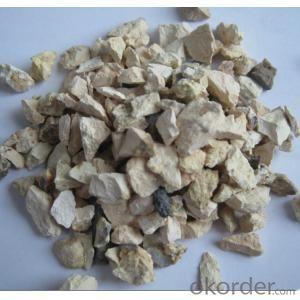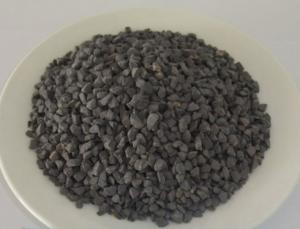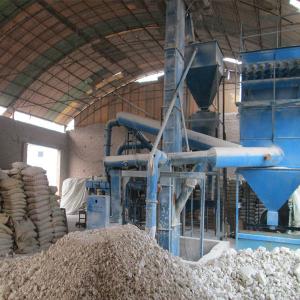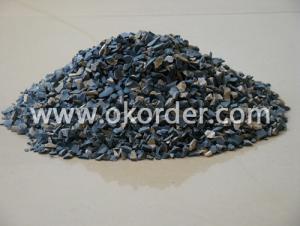Raw Materials for Refractory:83% Rotary/Shaft/Round Kiln Alumina Calcined Bauxite
- Loading Port:
- Tianjin
- Payment Terms:
- TT OR LC
- Min Order Qty:
- 25 m.t.
- Supply Capability:
- 3000 m.t./month
OKorder Service Pledge
OKorder Financial Service
You Might Also Like
83% Rotary/ Shaft/ Round Kiln Alumina Calcined Bauxite Refractory Raw Material
Specifications
1. We directly supply calcined bauxite
2. Al2O3:70%/75%/80%/85%/86%/88%/90%
3. Size:0-1-3-5-8-10/200mesh/325mesh/400mesh/500mesh
Size of 83% Rotary/ Shaft/ Round Kiln Alumina Calcined Bauxite Refractory Raw Material:
Lumps /Grains:0-1mm,1-3mm,3-5mm,5-8mm /Powders:100mesh, 200mesh,325mesh
Application of 83% Rotary/ Shaft/ Round Kiln Alumina Calcined Bauxite Refractory Raw Material::
mainly used in aluminium metallurgy,aiso used in abrasive ,cement ,chemical, refractory
Product Description:
Bauxite, alumina or bauxite miner , main ingredients are aluminum oxide, hydrate alumina containing impurities,
is an earthy mineral.White or grey, brown yellow or light red by iron.From 4 to 3.9 g/cm3 density, hardness, 1 ~ 3, opaque, very brittle.
Very difficult to melt.Insoluble in water, soluble in sulfuric acid, sodium hydroxide solution.Mainly used for aluminium, refractory material.
Calcined Bauxite Grade:
Shaft Kiln Bauxite
Rotarty Kiln Bauxite
Round Kiln Bauxite
Packaging & Delivery
Packaging Details: In bulk or in 1-1.25mr bag
Product Pictures:
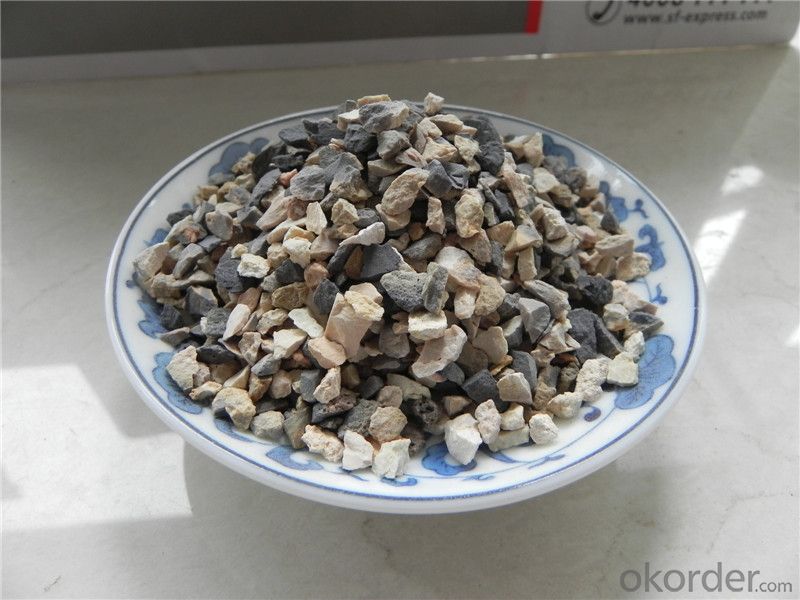

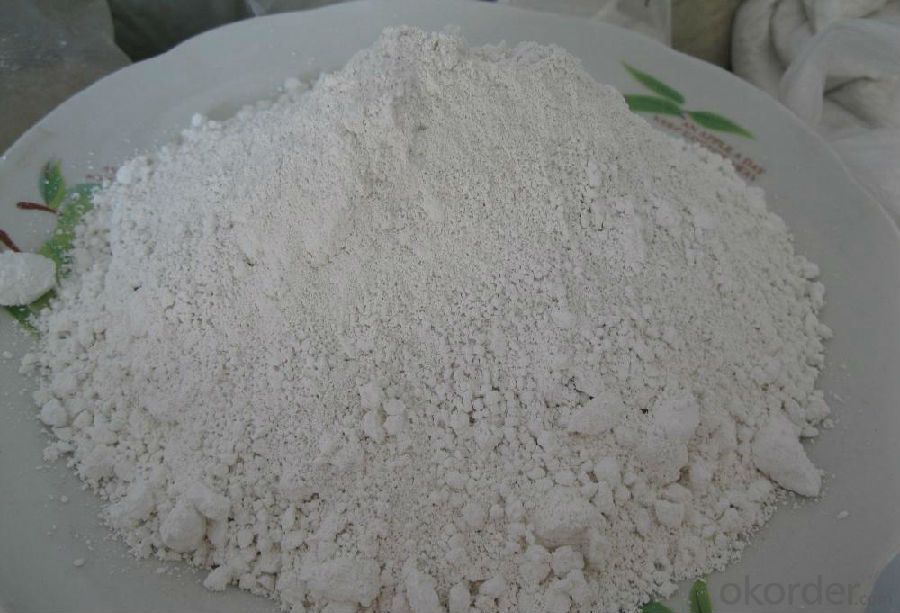
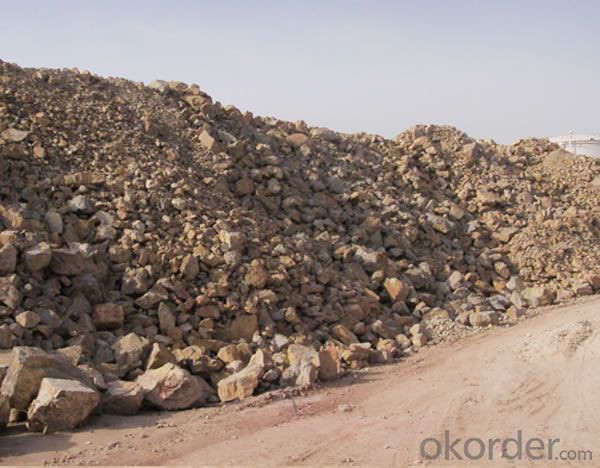
Our Service:
1. Your inquiry related to our products or prices will be replied in 24hours.
2. Manufacturer with large capacity, ensure the fast production cycle after confirmed the order.
3. Our professional technicians will answer your entire enquiry in patient.
4. To meet the refractory solutions, we can serve as your instructions.
5. Protection of sales area and private information for our entire customer.
If you’ve kind enquiries, please don’t hesitate to let us know. ^_^
- Q: how about the performance of aluminum silicate fire proof thermal insulation?
- aluminum silicate fire proof thermal insulation board has a good performance. it is a artificial board that separates the wood and plant fiber by mechanical and chemical methods and mixed the adhesion agent and water-proofing?agent, molding by high temperature and high press. the density of fiber. tha above information is coming from the Internet and it is just for reference.
- Q: What are the new refractories? What are the features? How about their application and development?
- In metallurgy, in what position should it be used, in order to make the best. Answers are as following. In iron, steelmaking or converter. When questioning, pay attention to the ways. Answers: Try to use synthetic refractory materials.
- Q: what's the classification of fireproof and thermal inuslation matertial?
- Inorganic thermal insulation material can do it, such as glass wool,rock wool,foam glass,etc. phenolic foam materials in organic foam material is special. phenolic foam not only has good thermal insulation properties but also can be composited with steel plate and other materials, A class thermal insulation materials that reach A class combustion performance include: rock (mine) wool, foam glass, EVB, etc. thermal insulation materials with A class combustion performance mainly include: phenolic aldehyde,gelatine powder polyphenyl granule, etc. thermal insulation material of fire barrier zone can use rock (mine) wool, foam glass, EVB and other materials with A class combustion performance.
- Q: what are the requirements of fireproofing material?
- The producing process of fire and moth proof wood: firstly, put general wooden materials into solution with calcium, aluminum and other cations, then soak it into the solution with phosphate radical, silicate and other anions. Thus, the two ions will be carried out chemical reaction in the wood, forming a ceramic-like material, and intimately fill the voids of cells, so that the wood has the fireproofing and mothproof properties.
- Q: What are the raw materials of refractory?
- Refractory is mainly resistant to high temperature and fire. Sic refractories are widely used in refractory. I hope my answer will be helpful to you.
- Q: What is the fire endurance of fireproof glass cotton?
- of course,A level is better. A-class is non-combustible, class B is fire retardant, rock wool fire resistance is 800 ℃, glass wool fire resistance is 450 ℃ , class B has a relatively better thermal insulation effect, hope it can solve your doubts.
- Q: What kind of refractory bricks material is best?
- In general, aluminous fireclay brick is used. GB / T 3994-2005 insulating fireclay brick. Bricks with good material are as follows: high-grade thermal insulation refractory brick, GB/T 3995-2006 high alumina thermal insulation refractory brick. Model is A13, and the texture is aluminium oxide. A13 50u, high grade heat insulating brick B5; intermediate heat insulating brick B2, etc.
- Q: What kind of refractory decorative board has good quality?
- Formica, Grignard, Wilsonart, Yami Home, Germany Board and Priscilla Board are all good choice. They are the high-end brands in fireproof?panel. Hope it is helpful to you.
- Q: Fefractory of aluminium oxide.
- It can be refined into castable refractory and refractory bricks, according to temperature rating. There are shaped refractory material and shapeless refractory material, and ceramic fiber. So it must be specific. There is a large range of refractory, which basically contains the aluminium oxide.
- Q: Are the rubber insulation materials are refractory materials?
- It's not.
Send your message to us
Raw Materials for Refractory:83% Rotary/Shaft/Round Kiln Alumina Calcined Bauxite
- Loading Port:
- Tianjin
- Payment Terms:
- TT OR LC
- Min Order Qty:
- 25 m.t.
- Supply Capability:
- 3000 m.t./month
OKorder Service Pledge
OKorder Financial Service
Similar products
Hot products
Hot Searches
Related keywords
